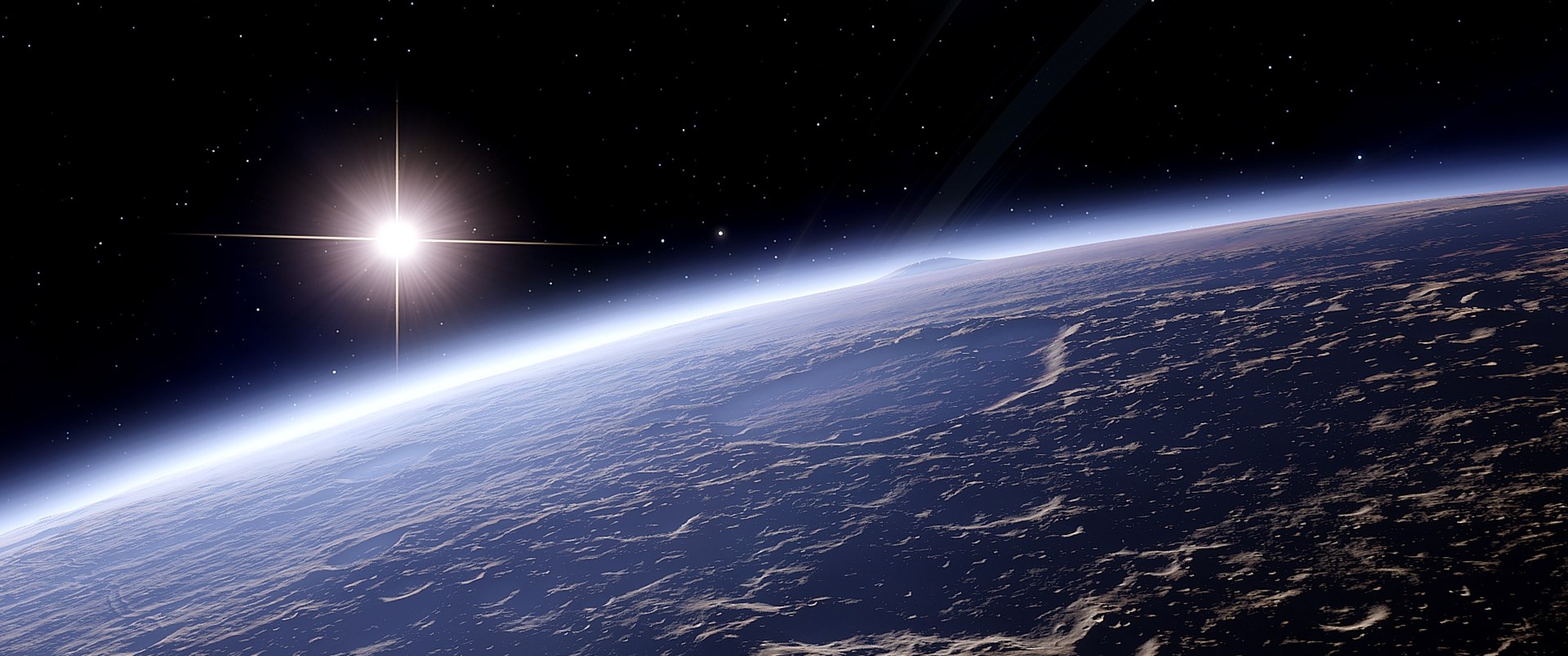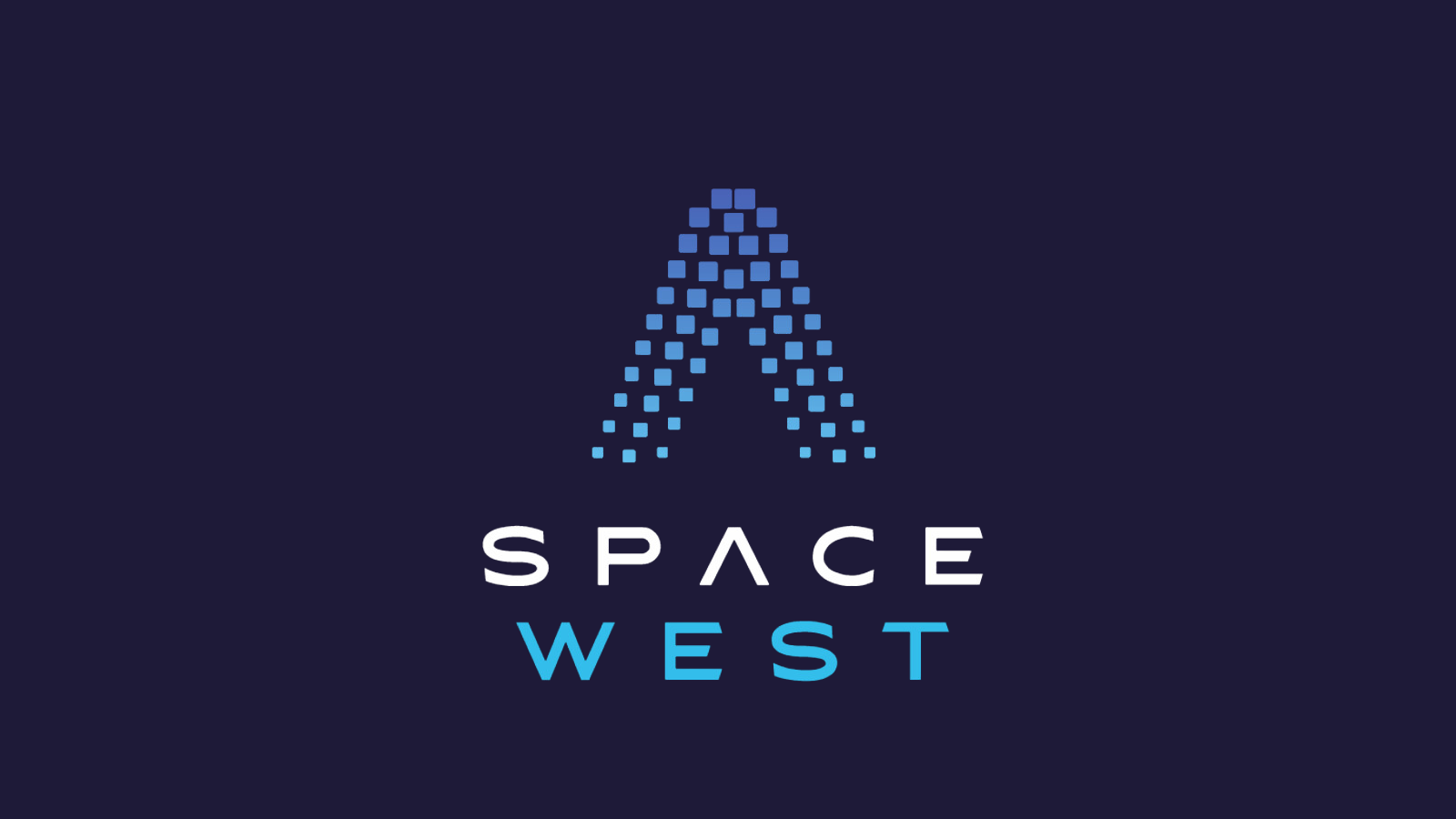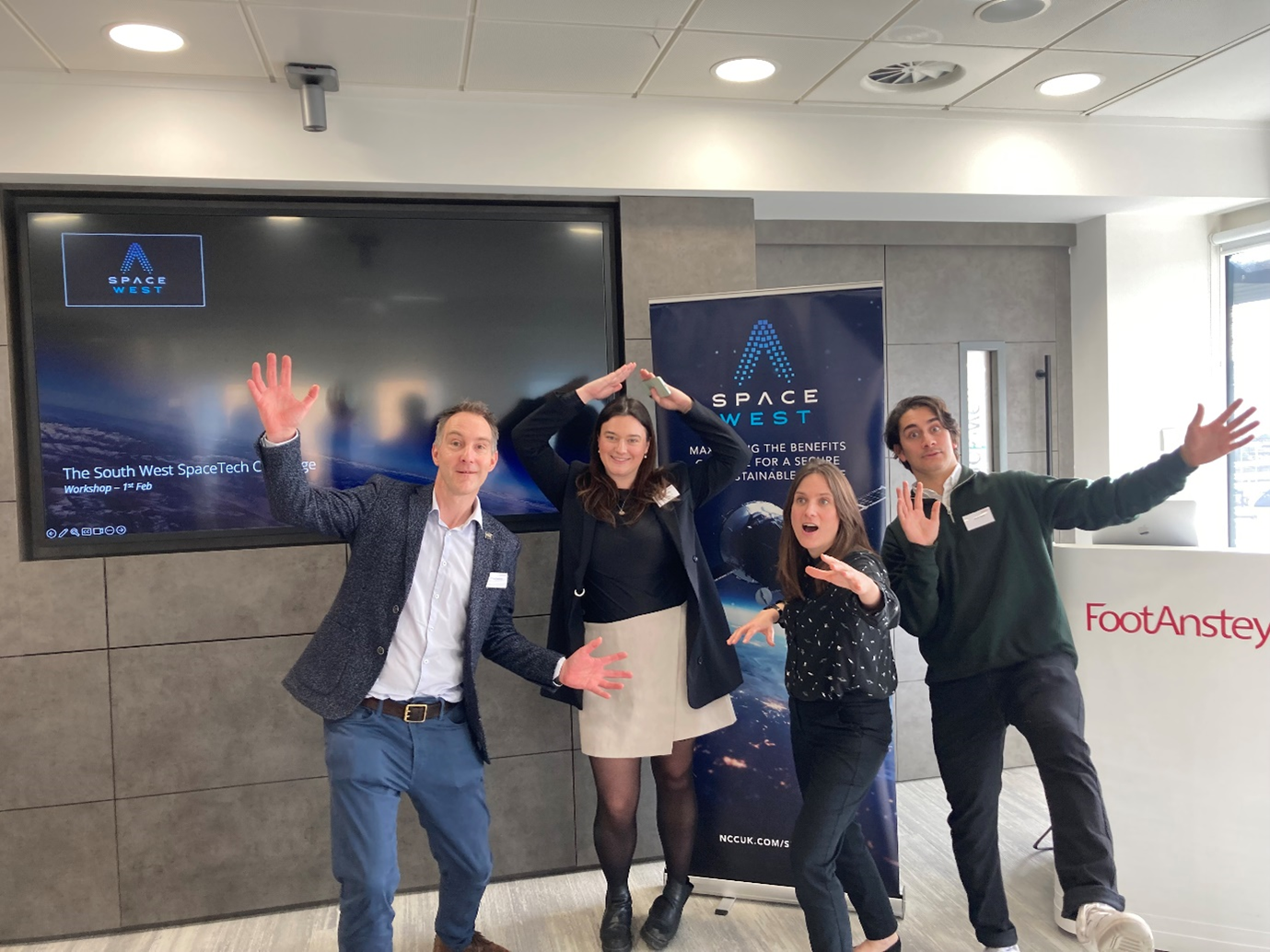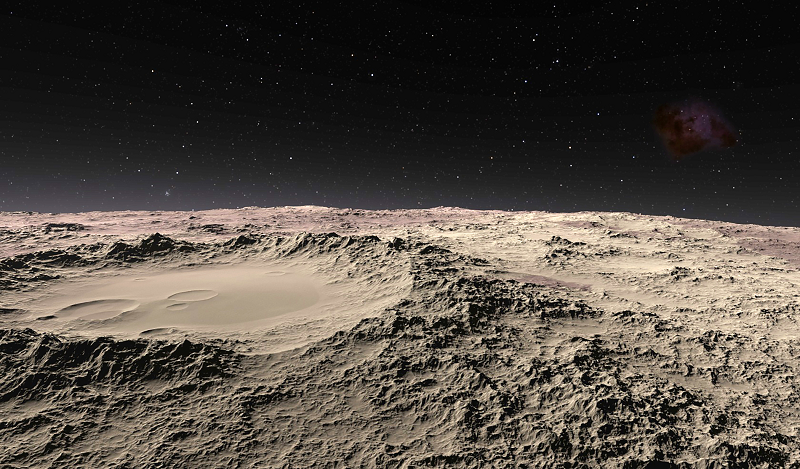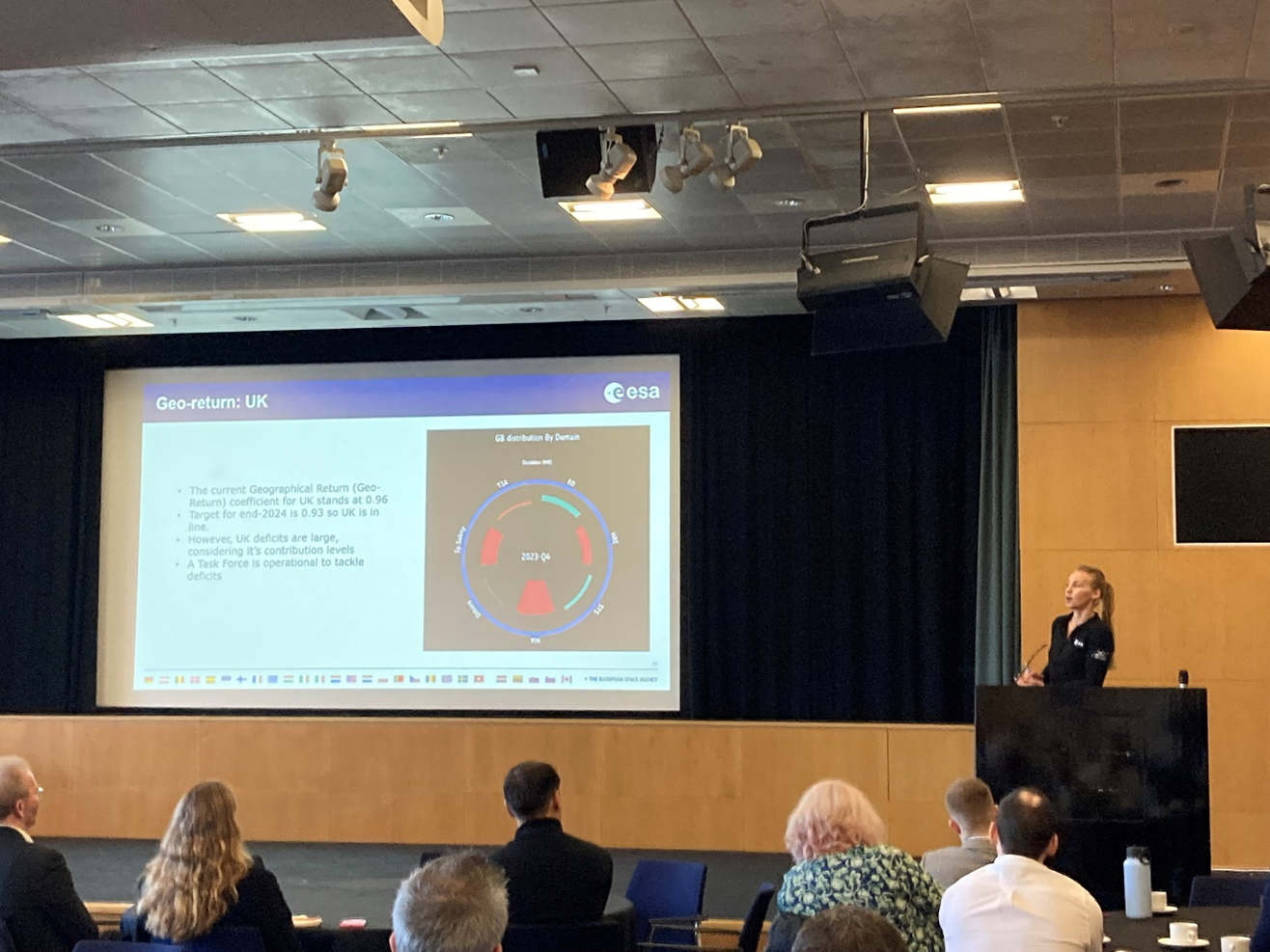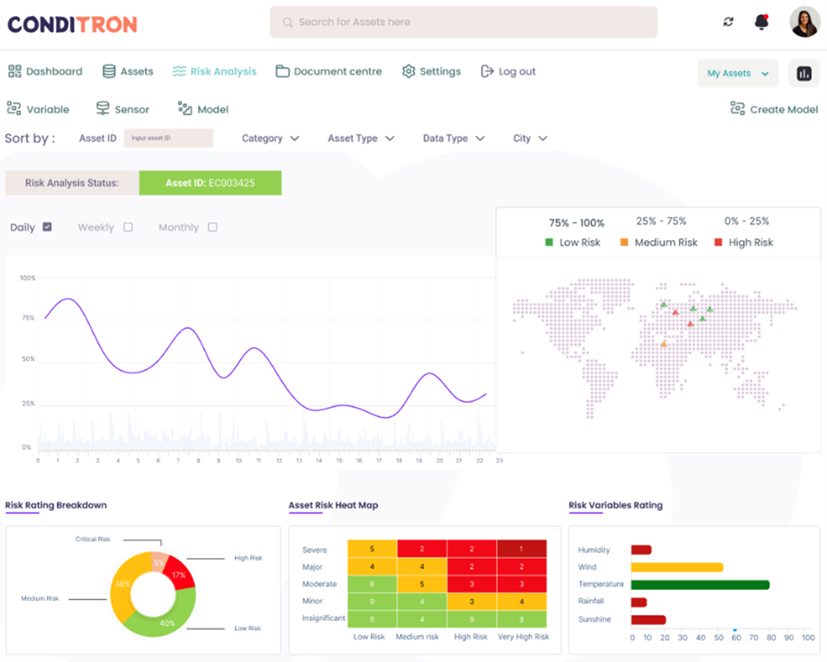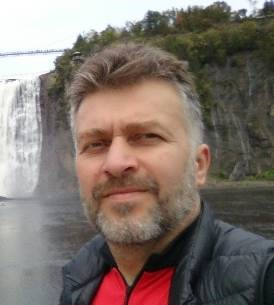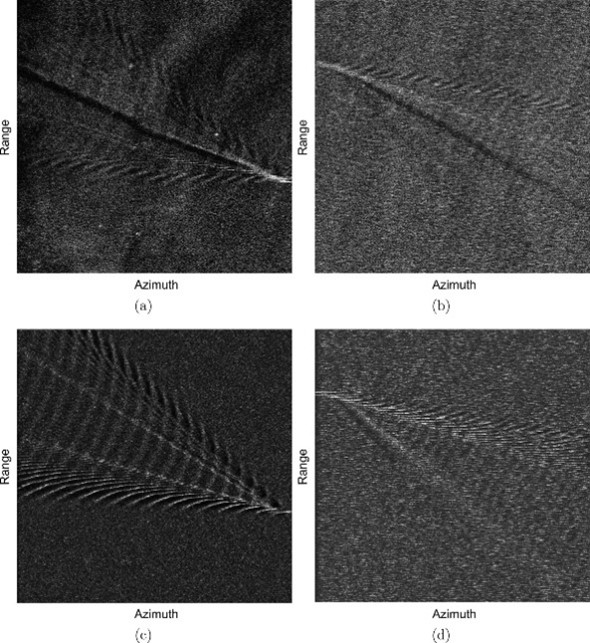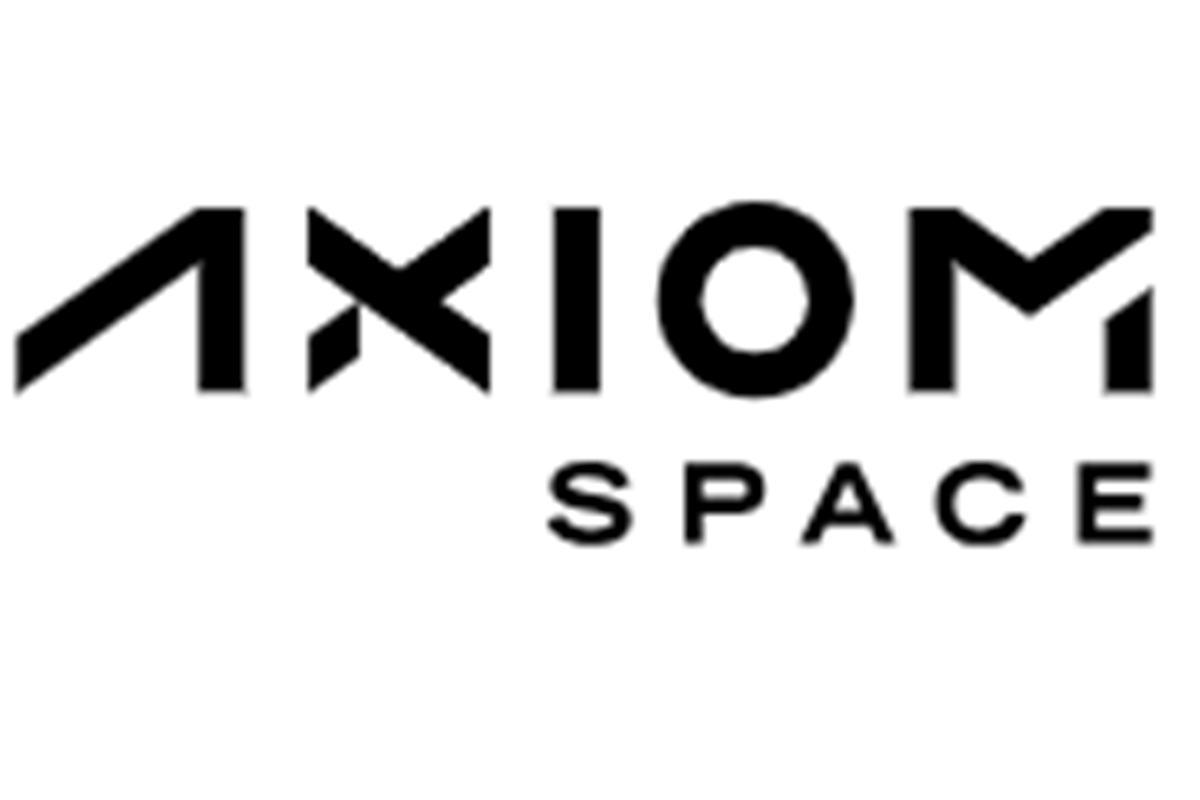
Axiom Astronaut Mission
UK Space Agency Call for Proposal £15M available. The UK Space Agency is now requesting proposals for Science Experiments and Technology Demonstrators that could be flown to the ISS in late 2025. Demonstrators must be designed, developed, built, and qualified by the project team.

Defence Technology Exploitation Programme (DSTEP)
Run by the Defence and Security Accelerator (DASA) aims to inspire companies to win new business, develop industrial capabilities, and provide new cutting-edge answers to defence problems at home and abroad, ensuring the UK expands its competitive, pioneering and world-class defence and security industries. The £16 million programme is designed to support small and medium-sized enterprises (SMEs) across the UK to develop innovative materials, technologies and processes, and to enhance defence supply chains. If you want to chat with someone in DASA about this opportunity, please submit an enquiry from the DASA 'contact us' web page.
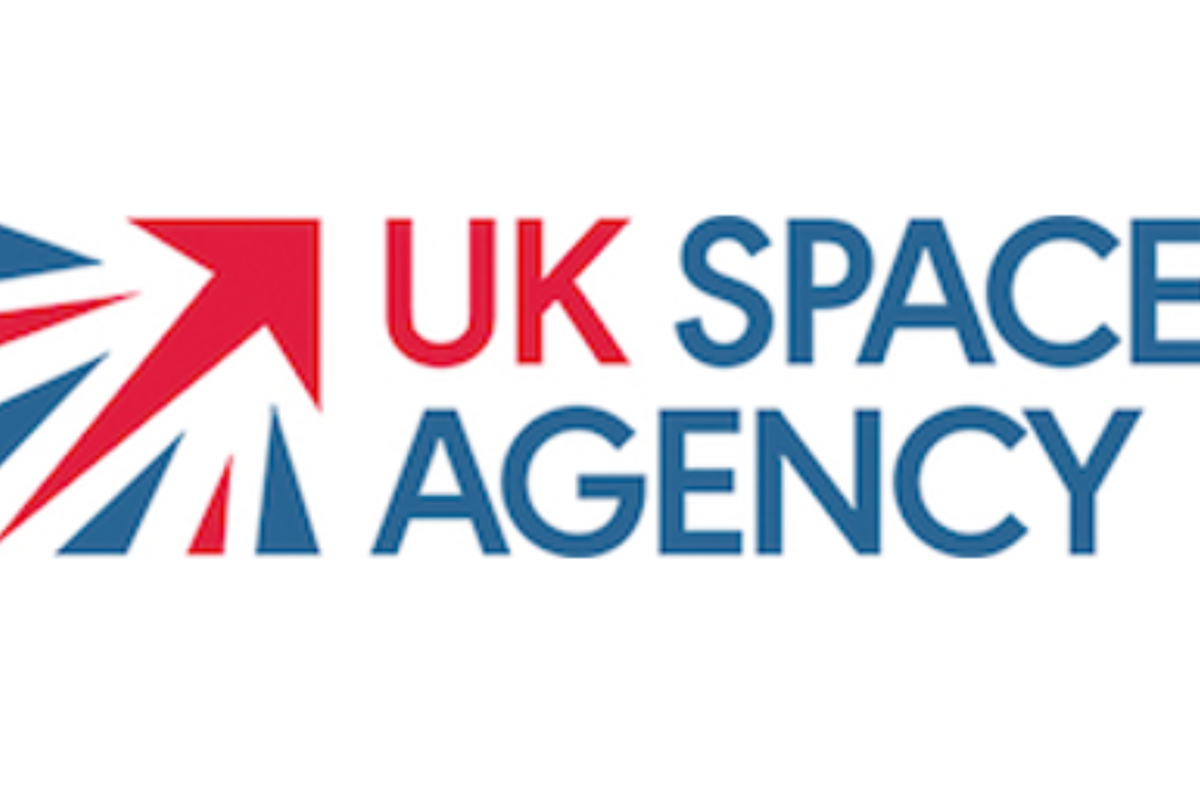
Training Programmes Fund (£250-£500K)
UK Space Agency is making available up to £1.7 million available under this fund between now and 31 March 2025. This will be a competitive process in which the UK Space Agency expects to award grants in the region of £250,000 to £500,0000.
The of this funding is to:
- fund new training programmes, courses, and learning opportunities that directly address short to medium term skills needs in the space sector that are not currently being met
- encourage people already in employment in other sectors to access training that will enable them to convert into a UK space sector career
- catalyse new training interventions to address the acute mid-careers skills issues the sector faces
- The funding available can cover all associated costs related to training interventions, including course design and delivery costs, and course attendance fees.
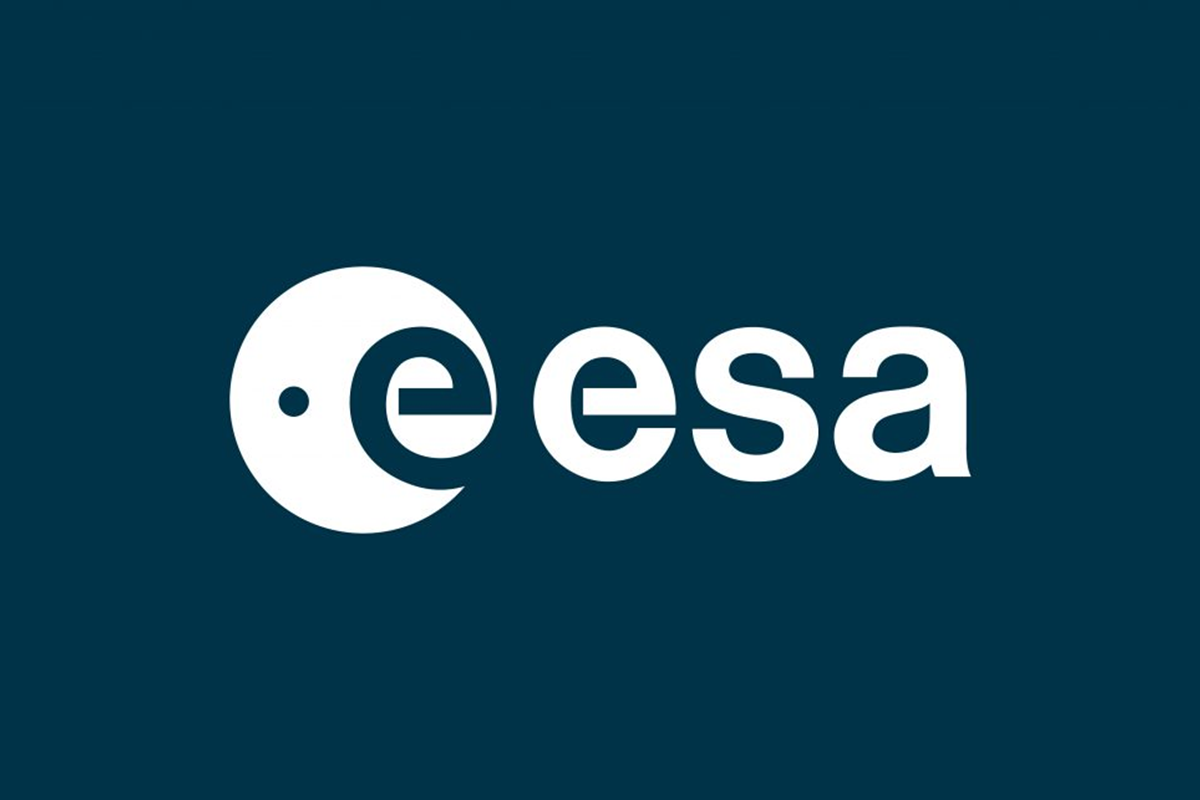
Lunar Economy Applications
ESA is seeking promising business ideas for new service concepts that empowered by Moonlight’s lunar communication and navigation services and address the needs of final customers in the lunar environment or down on earth, as well as related short term business opportunities.

Made Smarter West of England
West of England Combine Authority are supporting businesses in the region to explore the benefits from the implementation of digital technologies. Providing access to grant funding, bespoke expertise and guidance for your business as well as skills and training.

ESA Space Solutions
A notice of a key ESA Space Solutions theme for 2024: Commercial Applications of Space-Enabled Robotics
This funding is looking to combine some of the breakthroughs in robotics (enhanced autonomy, dexterity, and interaction capabilities) with parallel advancements in the space sector meaning that satellite technologies now have the capability to enable novel services utilising robotics.
There will be 6 sub-theme dates through 2024:
- Smart Cities and Infrastructure: 1st March 2024 – 1st May 2024
- Transportation and Logistics 1st April 2024 – 1st June 2024
- Energy and Utilities: 1st May 2024 – 1st July 2024
- Health and Safety: 1st June 2024 – 1st September 2024
- Maritime: 1st September 2024 – 1st November 2024
- Agriculture: 1st October 2024 – 1st December 2024
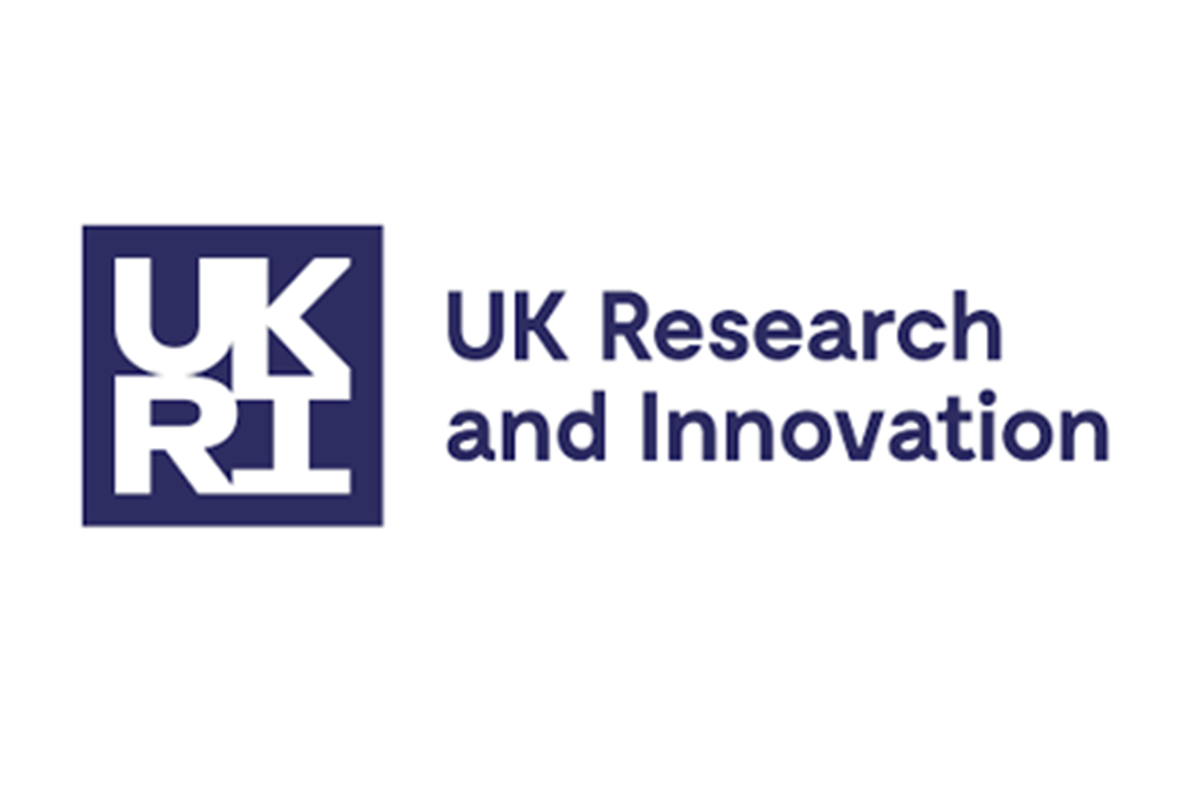
Environmental Monitoring Innovation
UK registered businesses can apply for a share of up to £5 million for collaborative projects to develop innovative solutions in environmental monitoring. This funding is from Innovate UK and Defra.
Events
- Date: Tuesday 26 March
- Time: 12:35 - 13:15
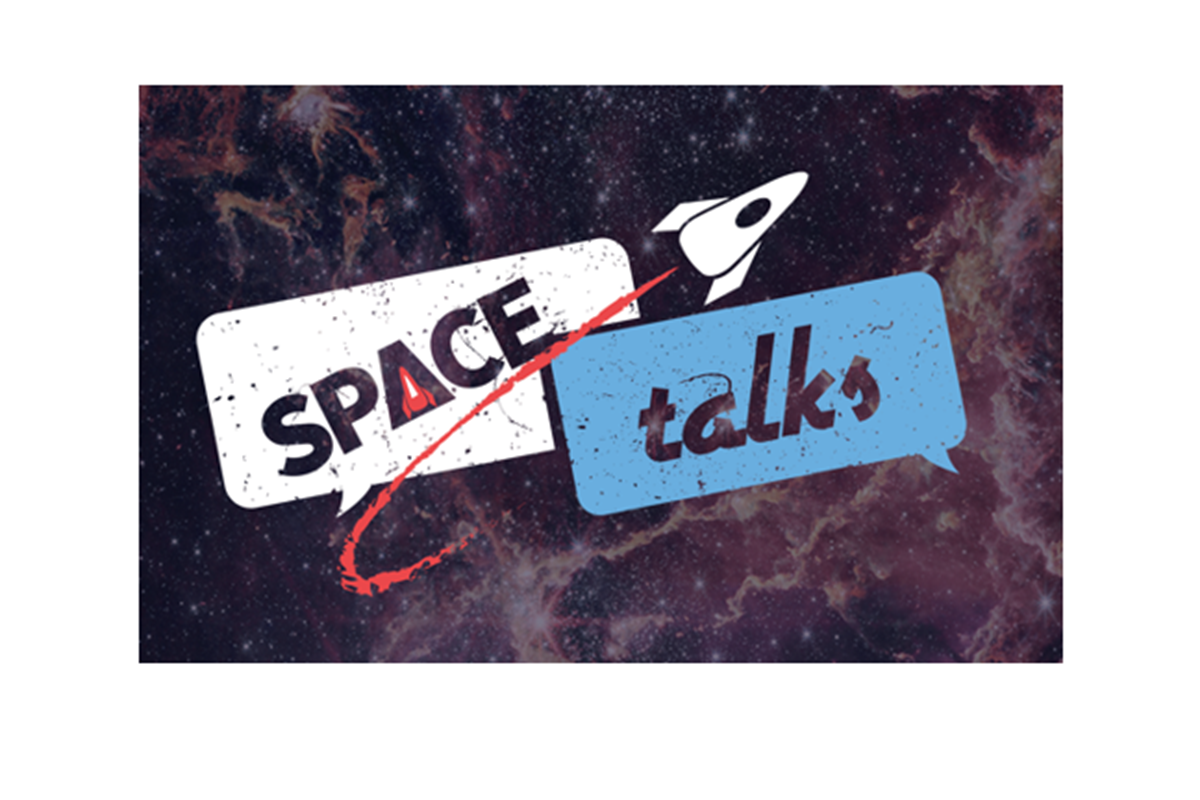
SPACEtalks - 26-27 February
SPACEtalks is dynamic conference dedicated to driving commercial advancements in the space sector.
Bringing together the brightest minds in the industry and uniting visionaries, government experts, and industry professionals to deliver compelling presentations and engage in transformative discussions on space technology and the future of the industry.
Rebecca Huffee, Space West Cluster Manager will joining space cluster leads including Louise Butt, Space South Centre, Peter Guthrie, Space Hub Sutherland, Gemma W., Harwell Science and Innovation Campus on a panel titled:
‘Expanding the Space Frontier: Nurturing Regional Growth in the UK Space Industry’
The session will delve into opportunities driving UK space industry growth and the vital role of collaborative ecosystems in fostering the UK space industry through necessary partnerships for sustainability.
Together, the panel will explore how to drive UK space progress through innovation and skill development, promoting education, attracting investment, and propelling technological advancements across diverse regions.
Don't miss out on insights from industry experts!
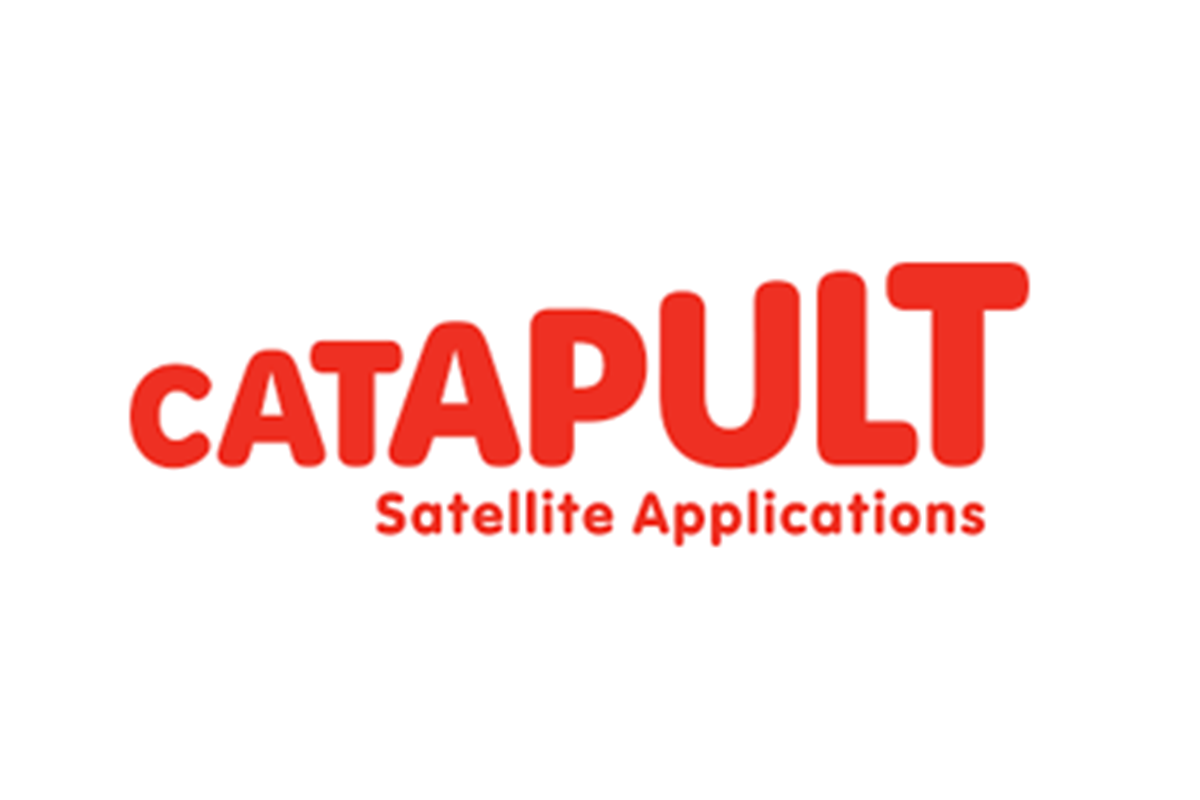
John Abbot, CEO of the Satellite Applications visit Space West - 4 March
Space West is delighted to be hosting, John Abbot's of the Satellite Applications. This visit signifies an invaluable opportunity John him to acquaint himself with the region's landscape, as well as its key individuals and stakeholders.
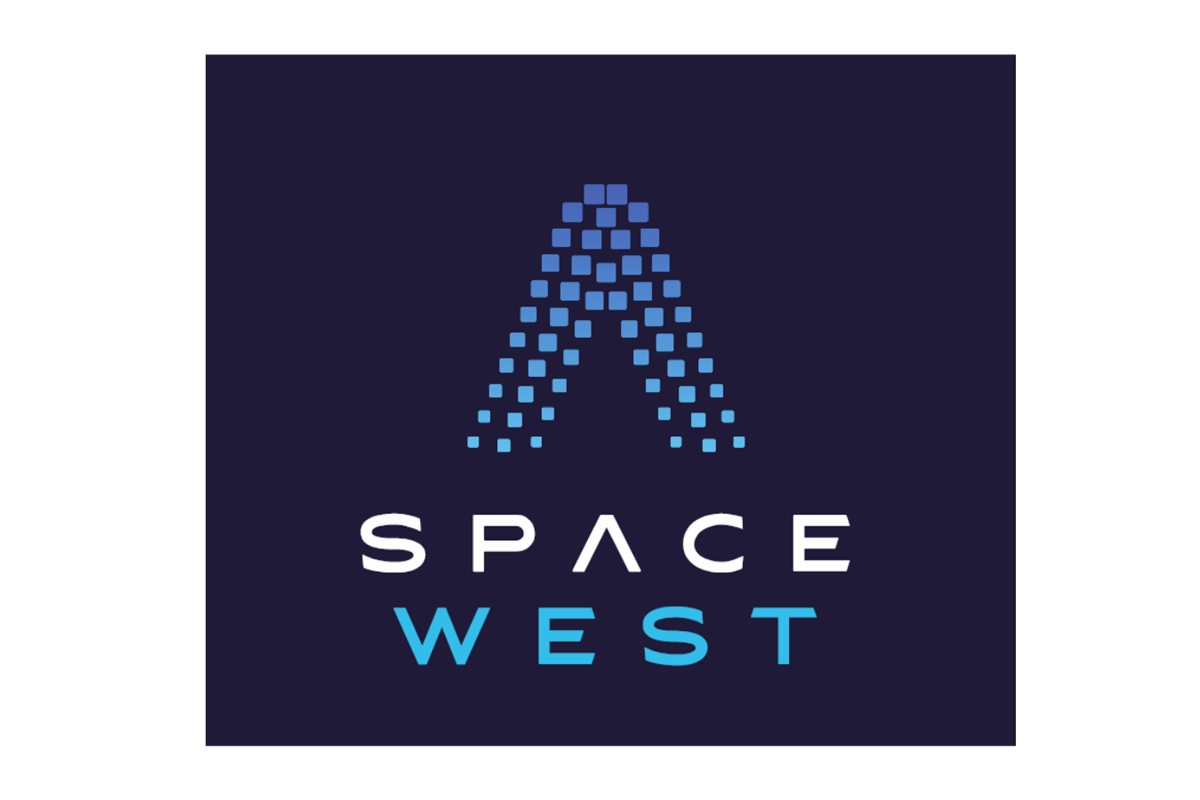
Investment Readiness Workshop - Date TBC
Space West is gearing up to host an Investment Readiness Workshop, an event tailored to equip entrepreneurs with the essential knowledge and skills necessary to secure investment for their ventures. While specific details to be confirmed, attendees can anticipate valuable insights, practical guidance, and networking opportunities.
This workshop underscores Space West's commitment to fostering innovation and supporting the growth of businesses within the region. Watch this space for more information.
Stay connected with the latest updates from Space West!
Subscribe to our newsletter now and receive exciting news and space-related insights directly in your inbox. Join our space community by emailing us at: [email protected]
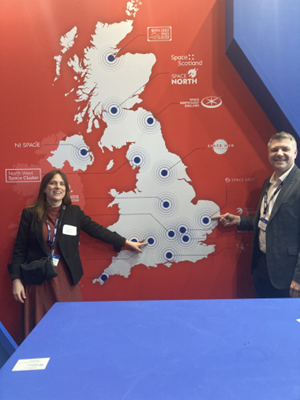
Space West 2024 Activity Page
Stay connected and witness our exciting endeavors throughout the year. Explore upcoming events, collaborative initiatives, and engaging projects.


